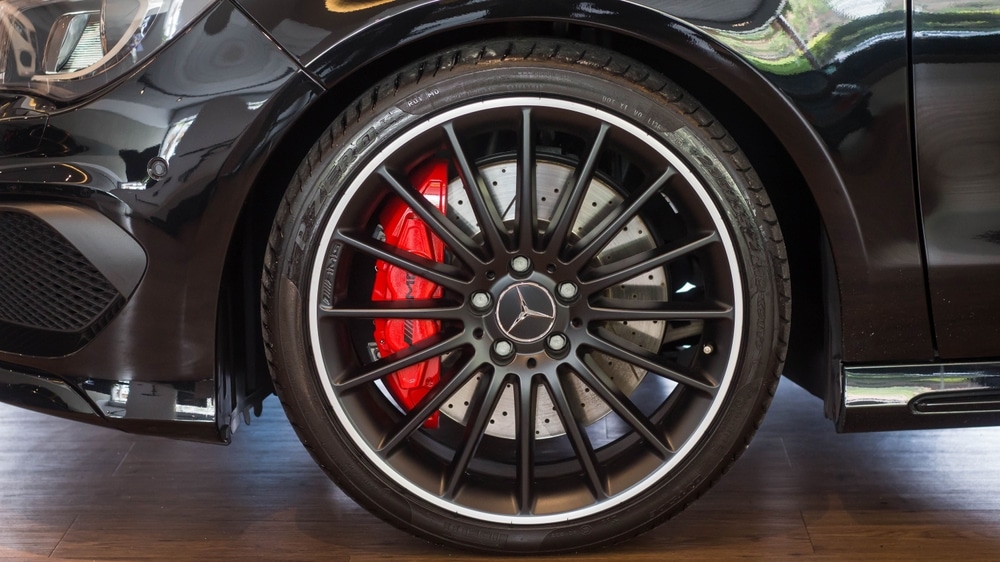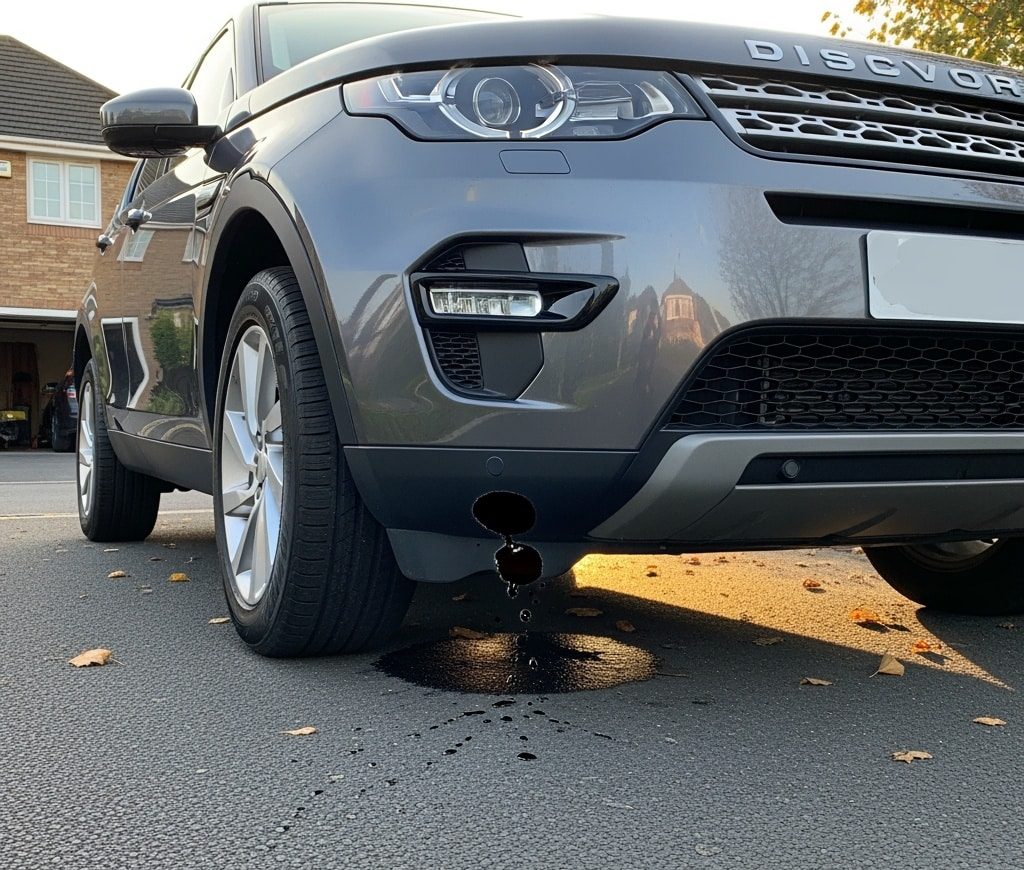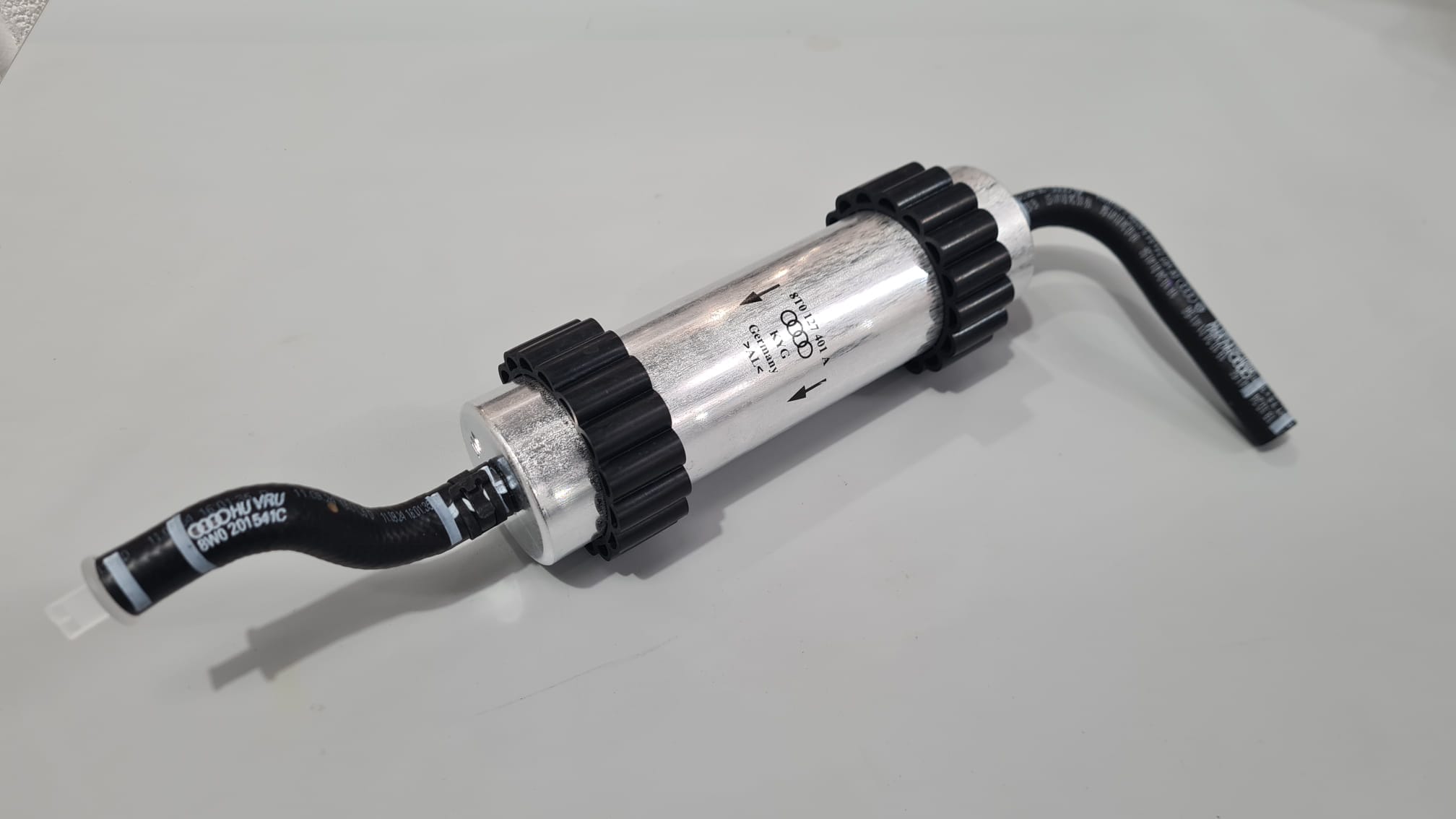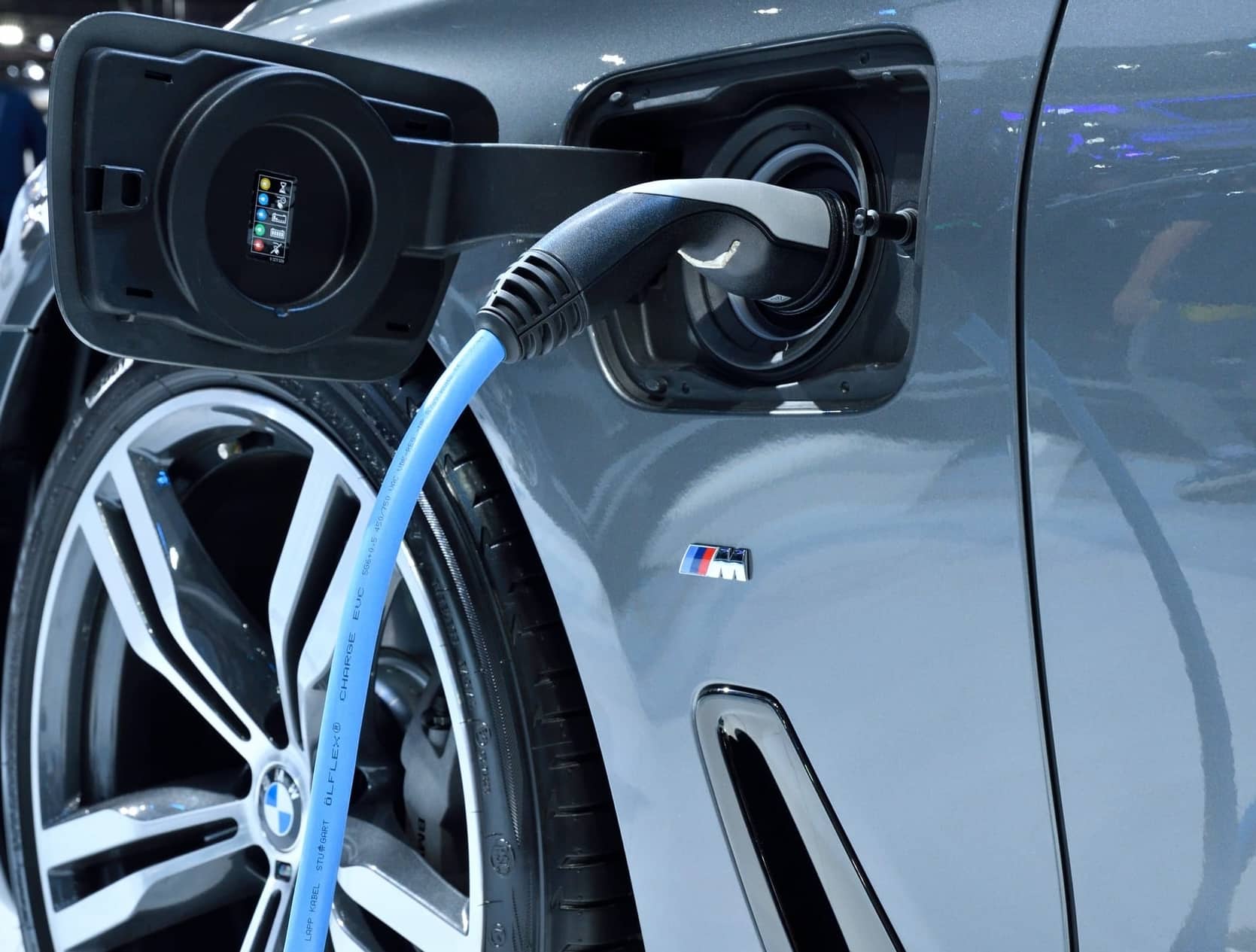Braking System
Most drivers probably don’t give much thought to their car’s braking system—after all, you press the brake pedal, and the car comes to a stop. But there’s far more going on behind the scenes. There’s a complex set of braking system components, all working together to bring you to a safe halt. Understanding how these parts interact not only makes you a more informed driver but also highlights the vital role your brakes play in keeping you safe on the road.
This blog, created by the team at Ystrad Service Centre in Ystrad Mynach, walks you through the key parts of your braking system, explains how car brakes work, and shows why regular brake checks are so important.
How Car Brakes Work
Every time you press your brake pedal, something remarkable happens. Your car, weighing over a tonne, possibly travelling at 70mph, comes to a safe and controlled stop. But how?
The Simple Science Behind Stopping
Think of this – your moving car stores lots of kinetic energy—the faster you go, the more energy it has. Your brakes have one job: turn that movement energy into heat through friction, slowing you down safely.
There are many different types of braking systems, but this will give you an idea of the most common on passenger cars… When you press the brake pedal, hydraulic pressure is created and transmitted through sealed brake lines to each wheel. There, either disc brakes (pads clamping onto discs) or drum brakes (shoes pressing outward inside a drum) create the friction needed to slow you down.
Modern features like Anti-lock Braking Systems (ABS) step in during hard braking to prevent wheel lock-up, helping you stay in control.
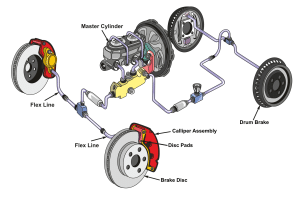
But have you ever wondered what actually happens when you press your brake pedal? Let’s take a closer look…
What Happens When You Press the Brake Pedal?
Here’s a step-by-step look at how your car’s brake system works, starting from the moment you press the pedal to when the vehicle comes to a complete stop.
1. Your foot presses the brake pedal, starting the process.
2. The pedal activates the brake servo (or booster) to multiply the force you apply with your foot. Without it, you’d need significantly more leg strength to stop effectively.
3. The multiplied force moves to the master cylinder, which converts mechanical force into hydraulic pressure in the brake fluid.
4. Brake fluid pressure is transmitted through the brake lines and hoses. The pressure travels to all four wheels. This sealed system ensures the pressure reaches each brake component with minimal pressure loss.
5. At each wheel, the pressure activates the brakes
-
- In disc brake systems (the most common today), hydraulic pressure forces the brake pads to clamp onto a rotating brake disc. This contact creates friction, converting the car’s kinetic energy into heat, which in turn, slows the wheels and brings the vehicle to a controlled stop.
- In drum brake systems (typically found on rear wheels or older vehicles), hydraulic pressure activates wheel cylinders, which push the brake shoes outward against the inside surface of a rotating drum. The friction between the shoes and drum converts kinetic energy into heat, slowing the vehicle down.
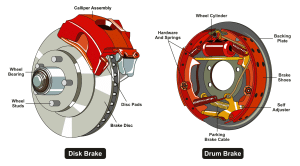
6. When you release the pedal, everything resets. The pedal springs back up, pressure in the system drops, and the brakes release from the wheels. Your car is free to move again.
This entire sequence happens almost instantaneously, allowing you to smoothly control your vehicle’s speed with just a touch of your foot.
Other Key Features of the Braking System:
Anti-lock Braking System (ABS) prevents wheel lock-up when braking. When sensors detect a wheel about to lock, the ABS system quickly adjusts the brake pressure at the wheel, briefly reducing pressure, then reapplying it several times per second. This prevents the wheel from locking up completely, allowing you to maintain steering control while still providing effective braking power.
Your Parking Brake, also known as the hand brake, is a separate part of your braking system, designed to keep the car stationary when parked and to act as a backup if the main brakes ever fail. In older systems, pulling the lever engages a cable that mechanically applies the rear brakes. Newer cars often use an electronic version, where a switch activates a motor to do the same job. Automatic cars don’t have a manual switch. Either way, the parking brake works independently from your main hydraulic brakes and is legally required to operate on at least two wheels, making it a critical safety feature.
Trust Us to Give Your Braking System The Attention It Needs
You rely on your brakes every time you drive, but most of us only think about them when there’s a problem. A little noise here, a bit of vibration there… It’s easy to brush off until it isn’t.
At Ystrad Service Centre in Ystrad Mynach, we take brake safety very seriously, and believe in prevention over repair. That’s why we carry out a brake inspection during your scheduled Service, giving you peace of mind that everything’s working as it should. But if something feels off between services, don’t wait. Catching an issue early can make all the difference.
Whether it’s a routine inspection or something more urgent, our trained technicians are here to help. You’ll get straight answers, no jargon, and quality work that puts your safety first.
At Ystrad Service Centre, we’re proud to have a {{average-rating}} star Google rating from {{review-count}} satisfied customers across the Cardiff area. With us, you get:
- High standards of workmanship
- Outstanding value with clear, transparent pricing. No unexpected surprises
- Comprehensive 12-month parts and labour guarantee on all work completed
- Technical expertise using specialist diagnostic equipment
- Exclusive use of genuine or OEM-quality* components that match original specifications
If you’ve got a service due, or just want your brakes checked for peace of mind, give us a call on 01443 540460. We’ll take care of the rest.
Call Now 01443 540460Save on Brake Servicing
*OEM stands for Original Equipment Manufacturer. When it comes to vehicle parts, this means the parts are made by the same company that produced the original parts for the vehicle manufacturer
